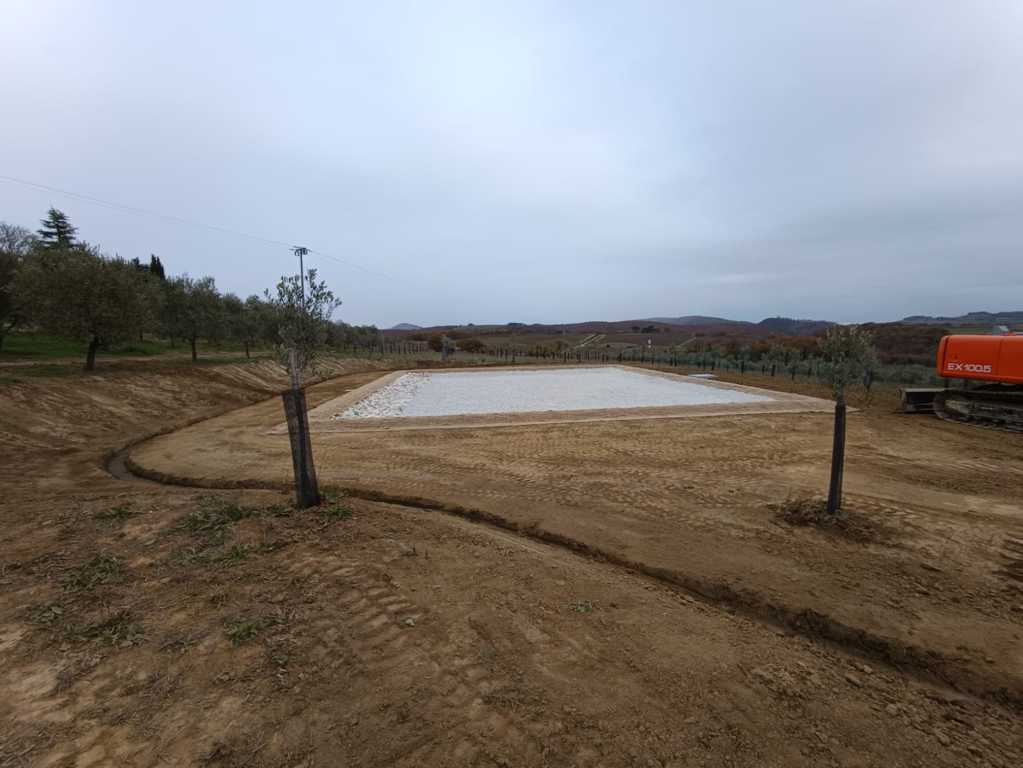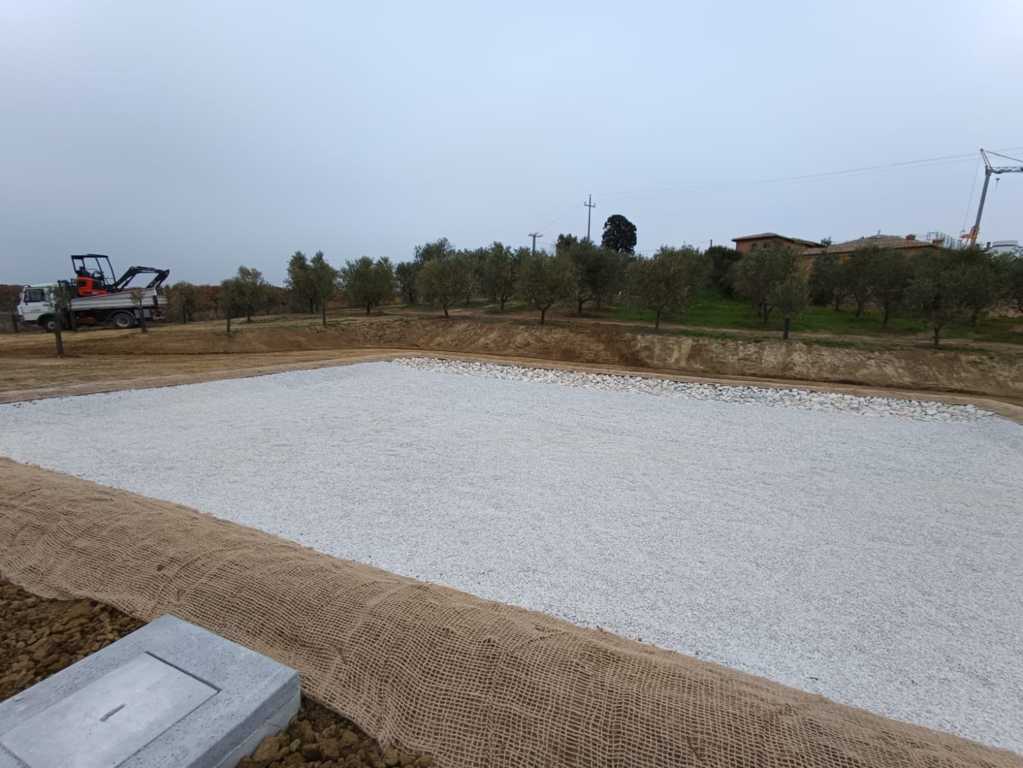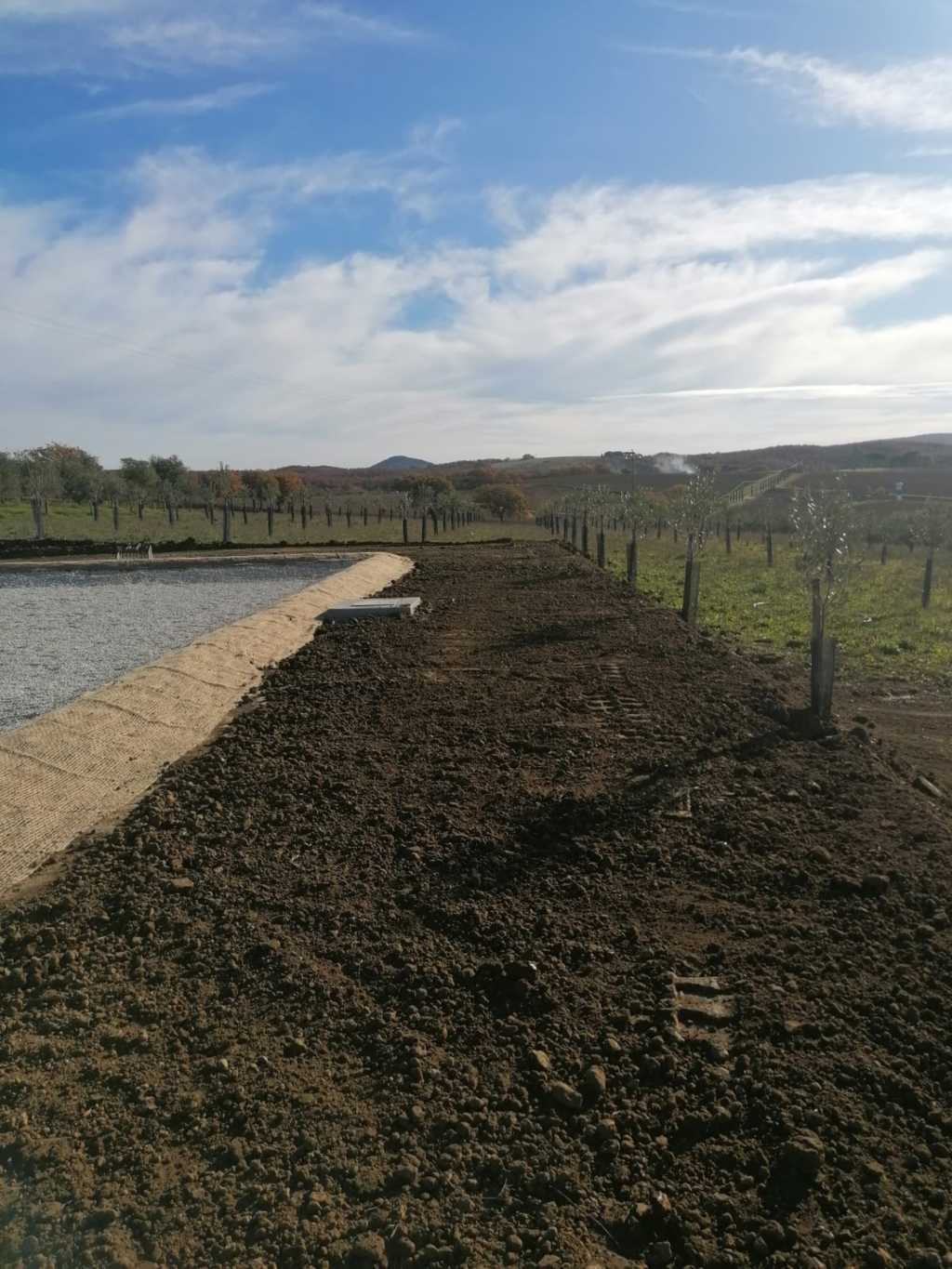Constructed wetlands for touristic activities
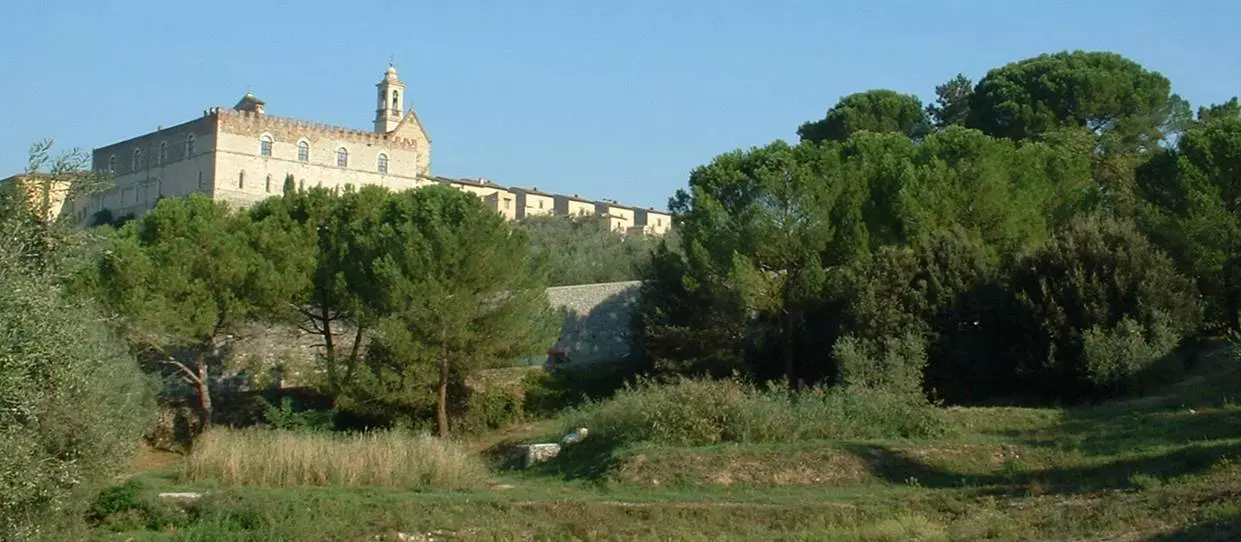
Constructed wetlands often result the best solution to treat wastewater generated from touristic activities. Indeed, this nature-based solution has high removal efficiencies, avoids the building od long sewer systems, and has a low environmental impact and an optimal landscaping.
Touristic activities - IRIDRA's solutions
Classical constructed wetlands
- Constructed wetlands with horizontal subsurface flow (HF)
- Constructed wetlands with vertical subsurface flow (VF)
- Hybrid constructed wetlands (HF + VF, HF + FWS, HF + VF + HF + FWS, VF + HF)
Intensified constructed wetlands (Constructed wetlands 2.0)
- French reed bed (FRB)
- Aerated constructed wetlands (FBA™)
Regarding wastewater treatment, the principal peculiarity of tourism facilities is the great variability of the presence of customers, with a consequent production of wastewater characterized by strong fluctuations during all the year: due to this fact, conventional depuration systems do not assure the necessary depurative efficiencies, bringing many problems of smell and digestion. Tourism facilities, moreover, are often situated in areas of great naturalistic interest, and so it is necessary to pay great attention to the management of effluents and to the environmental impact of the system.
Constructed wetlands present the necessary characteristics to satisfy all these aspects. Their application for treating wastewater of tourism facilities like agritourism, hotels, residences and campings, has given very good results, especially against conventional depuration systems. Phytodepuration, in fact, reacts very well to fluctuations of wastewater load and needs limited and not specialistic maintenance. This aspect allows the management and maintenance of the system directly by the tourism facility's owner, without the necessity of highly specialized personnel.
Since 2000, Iridra participates to an European project (SWAMP) that aims to the elaboration of natural depuration systems for treatment of wastewater produced by tourism facilities placed in isolated areas and by agritourism in rural areas of 10 to 1000 person, with techniques for utilization of treated water and a rational management of water resources: the realized plants inside the project have been monitored, and results of these surveying show the efficacy of constructed wetland systems in these situations.
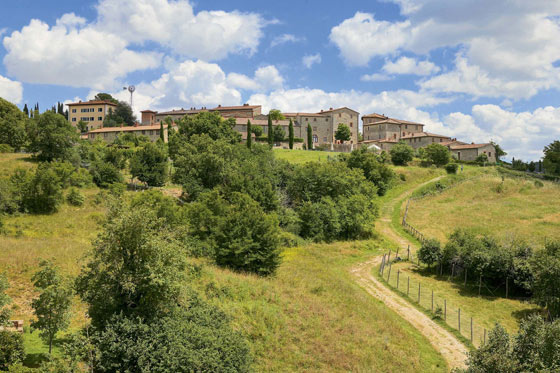 |  |
CW system serving the touristic village of HAPIMAG in Pentolina (Chiusdino - SI, Italy), designed by IRIDRA
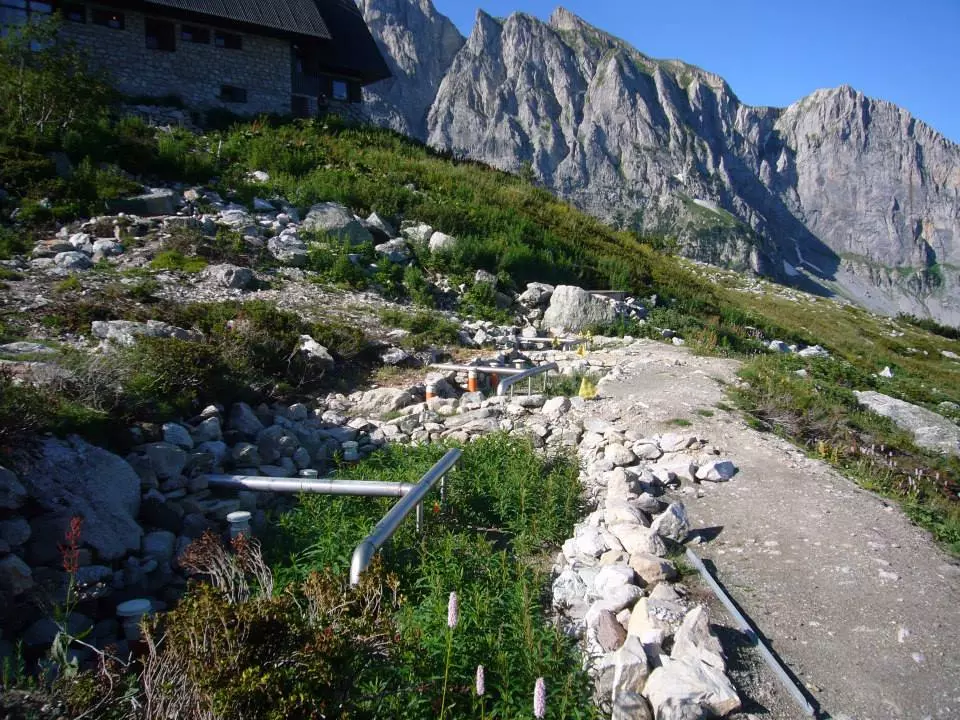
CW for the Garelli shelter (Chiusa di Pesio - CN, Italy). Realization in mountain site (2000 m a.s.l.). Sited in an area of high naturalistic value (Natural Park of Marguerite). Nature-based solution realized under the Interreg project ALCOTRA
IRIDRA's projects
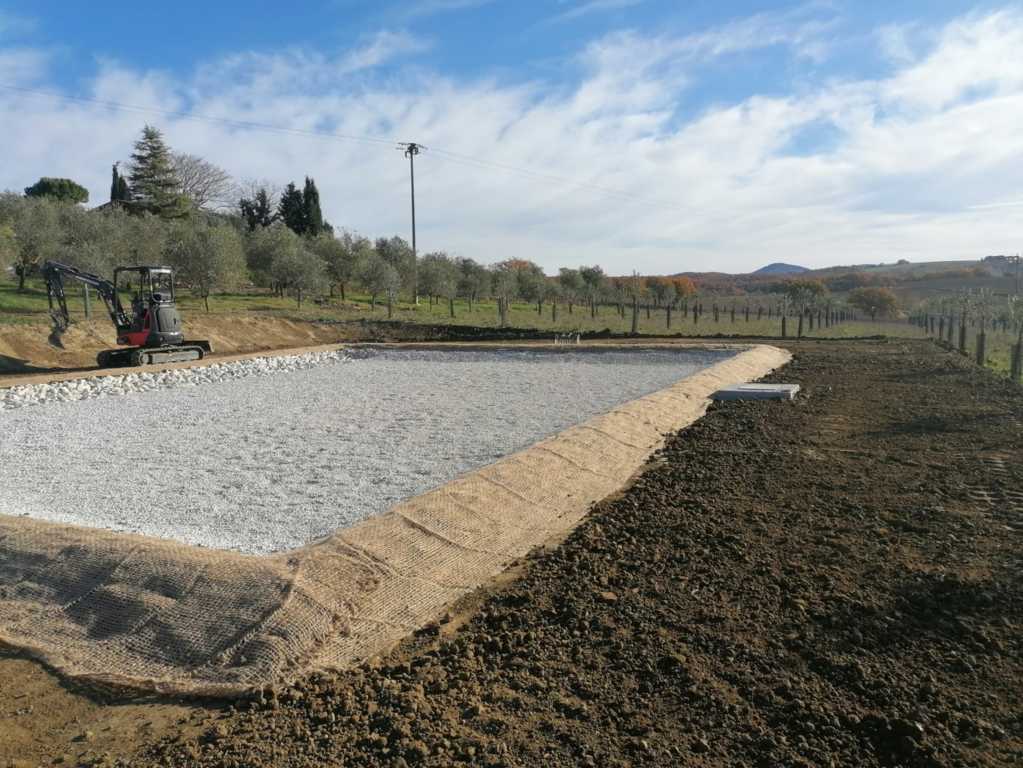
Podere Albergo, Pienza (SI)
Treated person equivalent : 44 PE
Chosen Nature-based solution : HF
Year of realization : ongoing
The Podere Albergo facility, located in the municipality of Pienza, in the Borghetto area, has decided to equip itself with a constructed wetland system for the treatment of its effluents. The project therefore envisages the treatment of water assimilable to domestic water through an appropriate treatment with a constructed wetland system and discharge in sub-irrigation. The secondary treatment system selected during the executive design phase involves the construction of a single-stage CW system consisting of a horizontal submerged flow bed (SFS-h or HF) with an area of 135 m2, sized with the objective of achieving high efficiency in the removal of organic load and suspended solids.
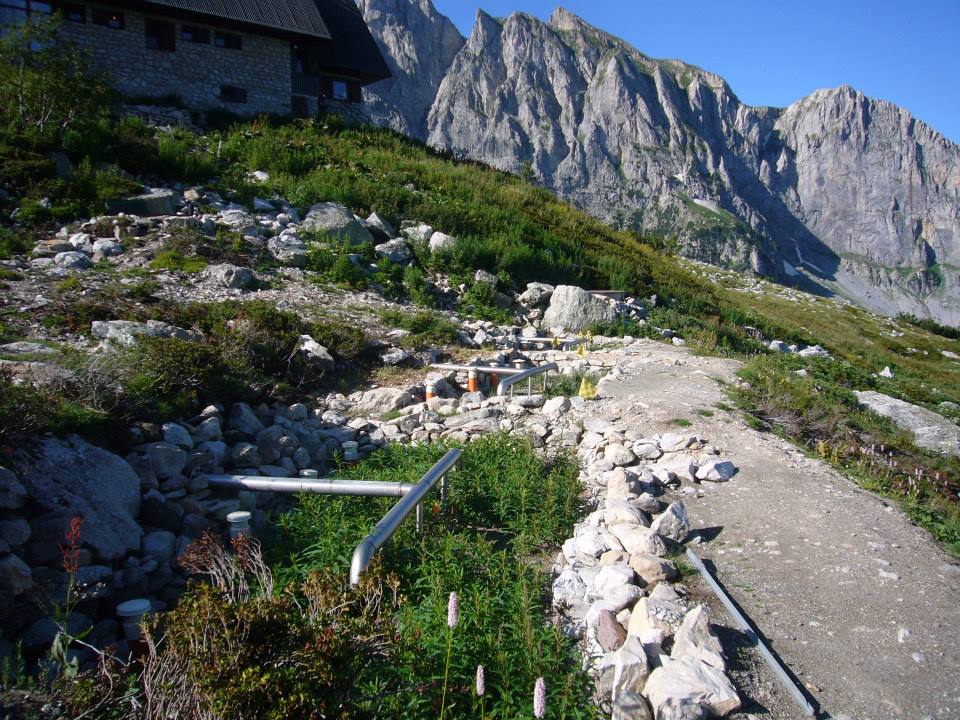
Garelli shelter, Chiusa di Pesio (CN - Italy)
Treated person equivalent : 30-85 PE
Chosen Nature-based solution : FRB + HF
Peculiarity : Realization in mountain site (2000 m a.s.l.). Sited in an area of high naturalistic value (Natural Park of Marguerais). Nature-based solution realized under the Interreg project ALCOTRA
Year of realization : 2014
The tested species in the beds are: Carex rostrata, Deschampsia cespitosa, Juncus alpinoarticulatus, Juncus filiformis, Epilobium angustifolium, Caltha palustris.
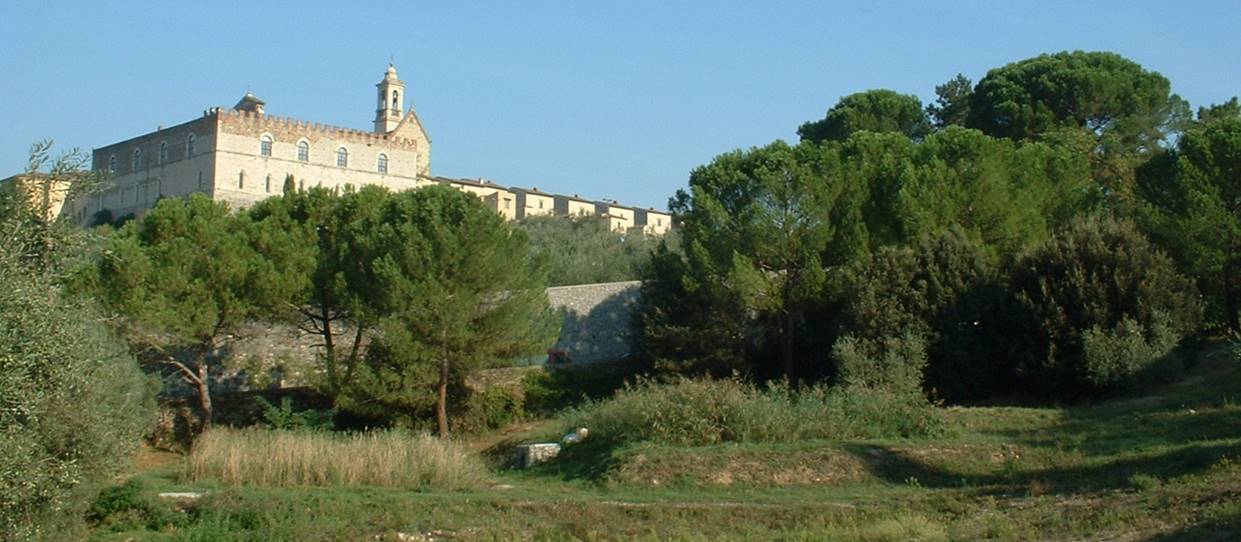
Hotel Relais Certosa, Firenze (FI - Italy)
Treated person equivalent : 140 PE
Chosen Nature-based solution : HF + VF
Peculiarity : Nature-based solution realized under the European funded project SWAMP
Year of realization : 2001
The plant, which was constructed in 2003, is a part of the FP5 demonstration project co-financed by the European Community SWAMP ( Sustainable Water Management and Water Purificaton in Tourism Facilities) that started in 2001. The goal of the SWAMP project is to implement efficient and sustainable constructed wetland treatments of wastewater for tourism facilities in isolated places and rural areas with 10 to 1000 person equivalent, enhancing the reuse of treated water and a rationale management of water resource.
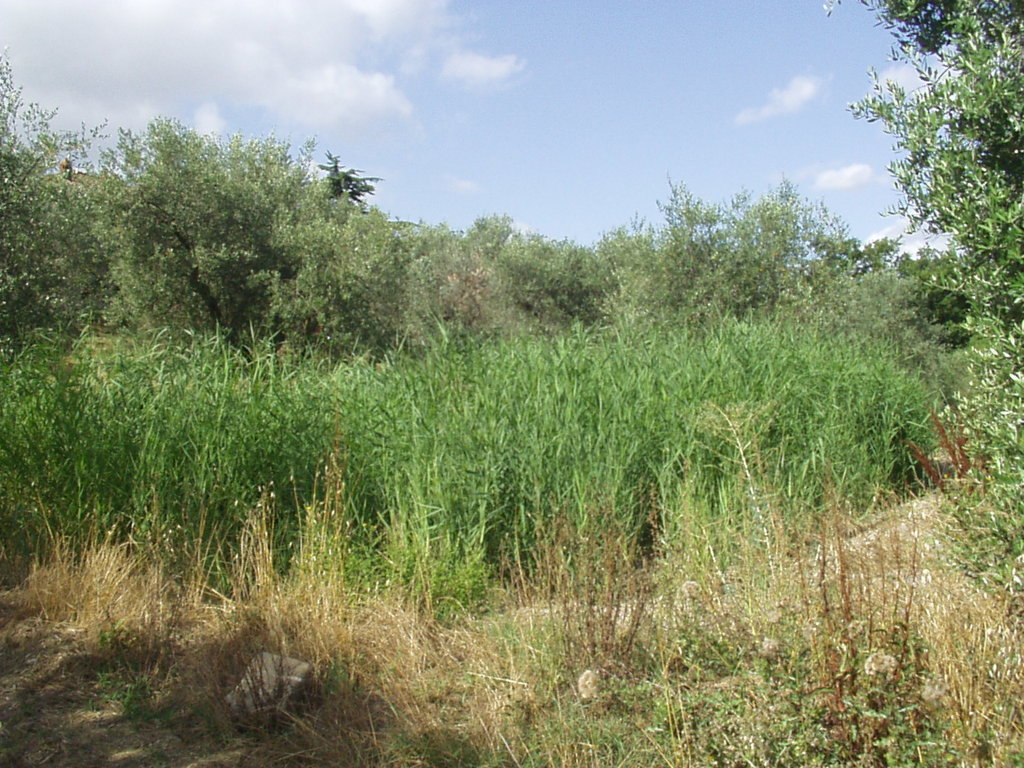
Agritourism "Fattoria Baggiolino", Scandicci (FI - Italy)
Treated person equivalent : 30 PE
Chosen Nature-based solution : HF
Peculiarity : Nature-based solution realized under the European funded project SWAMP
Year of realization : 2002
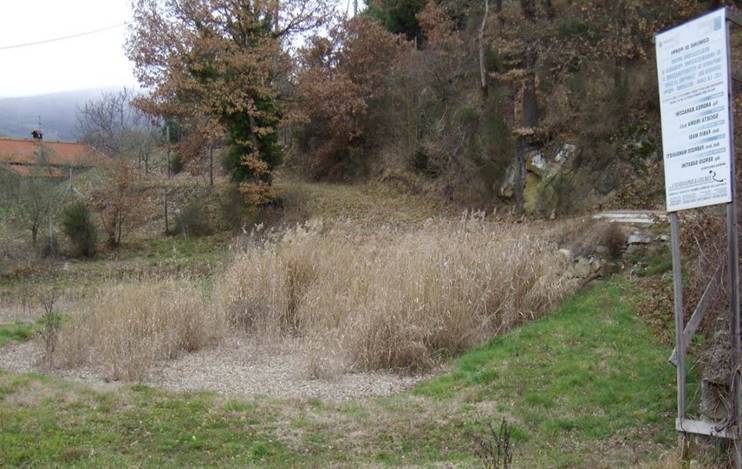
"La Cava" camping, Poppi (AR - Italy)
Treated person equivalent : 80 PE
Chosen Nature-based solution : HF
Peculiarity : Nature-based solution realized under the European funded project SWAMP
Year of realization : 2004
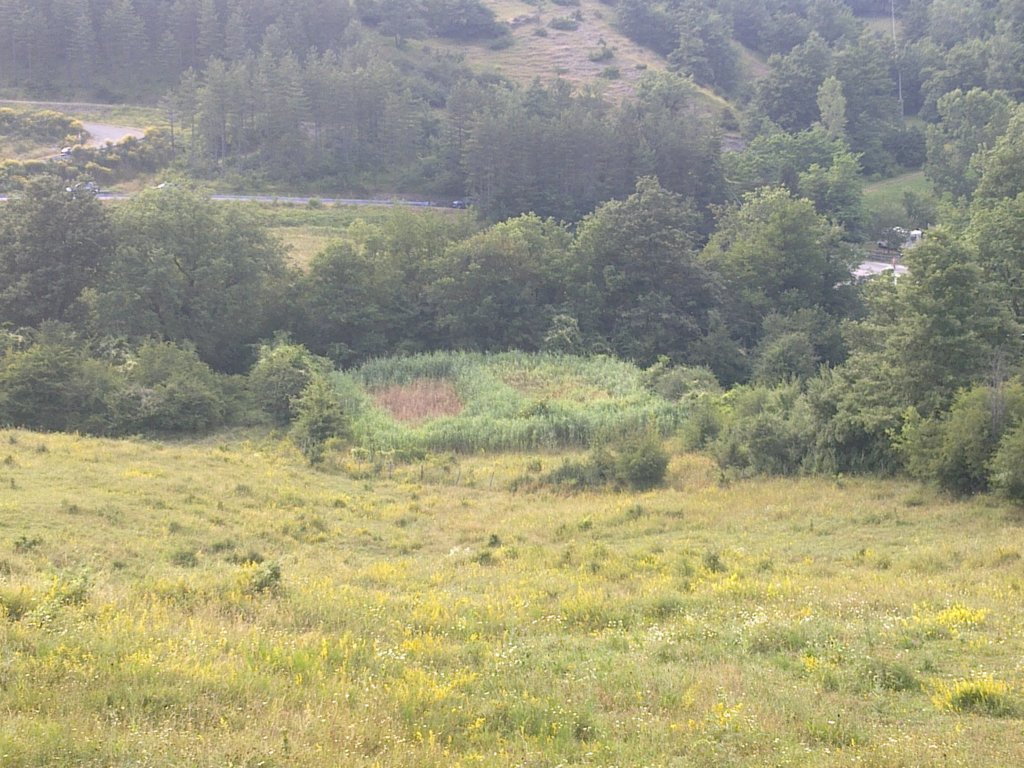
Agritourism and restourant in Moscheta, Firenzuola (FI - Italy)
Users : 30 beds, 300 covers
Chosen Nature-based solution : HF
Year of realization : 1999

Touristic village HAPIMAG in Pentolina, Chiusdino (SI - Italy)
Treated person equivalent : 500 PE
Chosen Nature-based solution : HF + VF
Year of realization : 2011-2012
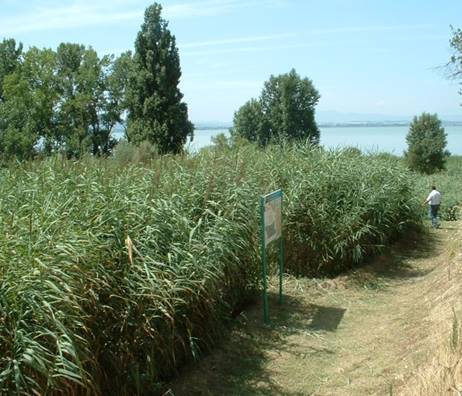
Touristic centre in Isola di Polvese (PG - Italy)
Treated person equivalent : 90 PE
Chosen Nature-based solution : HF + VF
Year of realization : 1999
Currently the wastewater of the central Touristic Complex (restaurant, forestry, reunion hall) of Polvese Island is treated by a constructed wetland system with horizontal subsurface flow (SFS-h + SFS-v with recycling). The SFS-h plant is in good conditions; monitoring of the effluents has demonstrate that the plant has a very good efficiency in relation to organic components, suspended solids, Phosphorus.
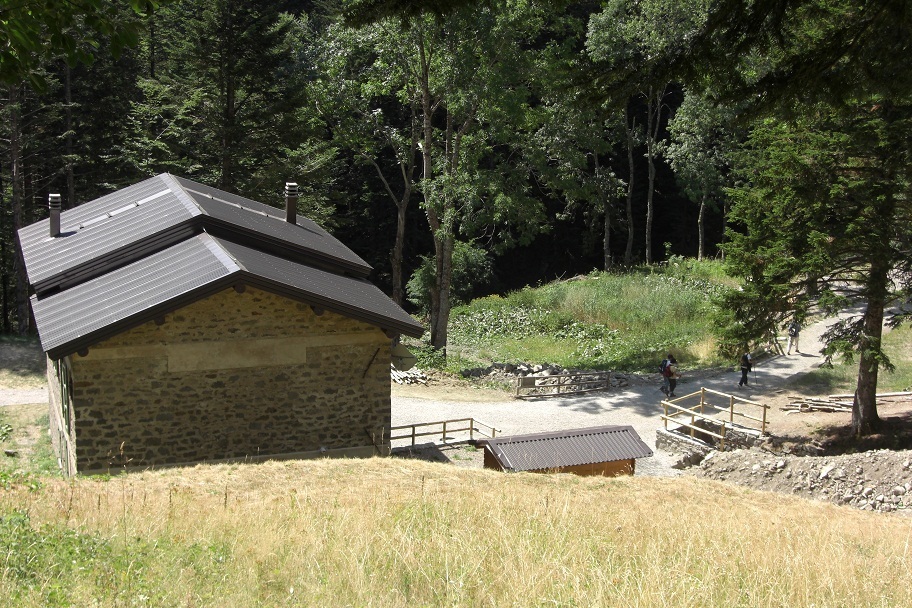
"Segheria Abetina Reale" shelter (BO - Italy)
Treated person equivalent : 40-100 PE
Chosen Nature-based solution : VF
Peculiarità : Sited in an area of high naturalistic value (Gigante Park). Nature-based solution realized under the European funded project SWAMP
Year of realization : 2002
In August 2012 the local population has shown appreciation for the almost 10 years of good performances of the treatment system and the Dolo River seems to be much happier 🙂
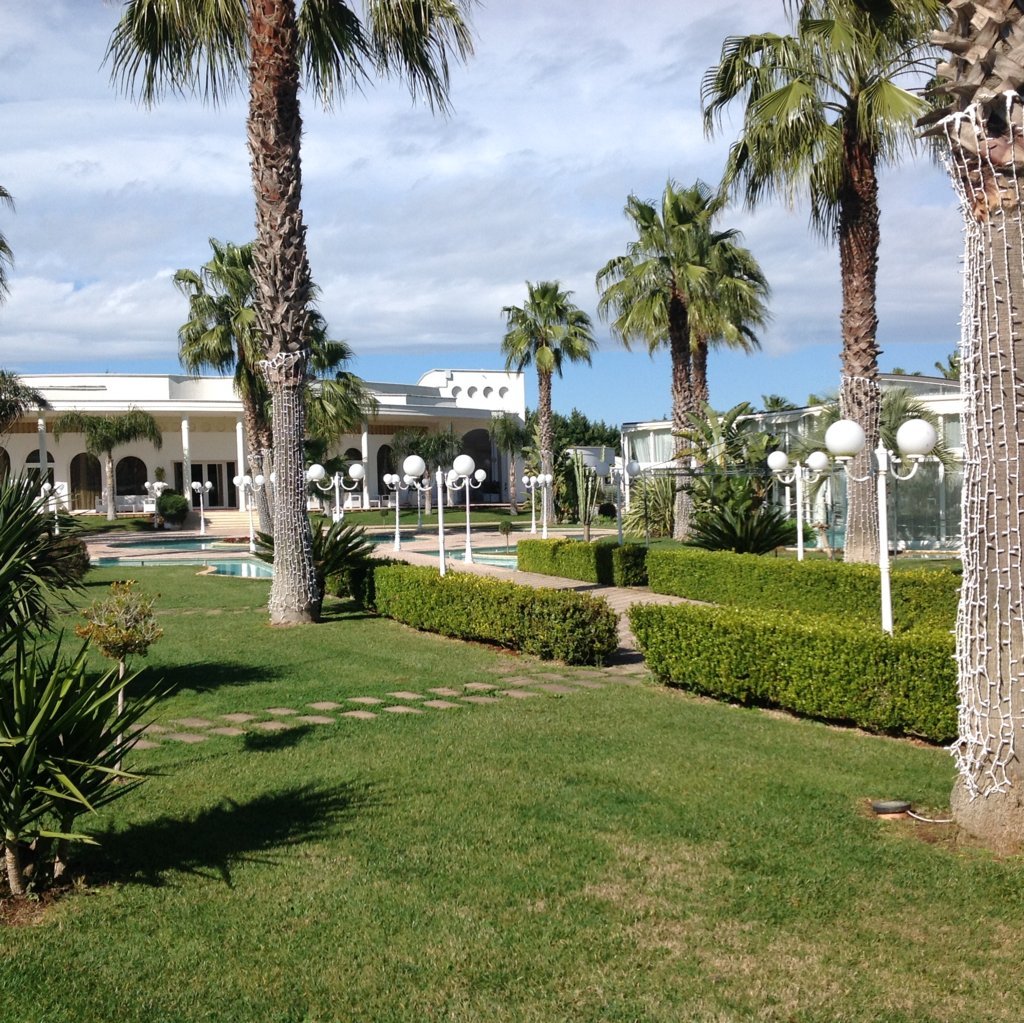
Wedding facility "Luna Nuova", Sternatia (LE - Italy)
Treated person equivalent : 143 PE
Chosen Nature-based solution : HF + VF + HF + FWS
Year of realization : 2004

